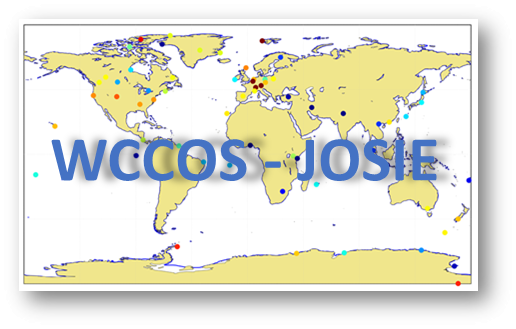O3S-DQA
JOSIE and field experiments (e.g. BESOS=Balloon Experiment on Standards for Ozone Sondes) clearly demonstrated that with regard to the sonde performance that can suffer artificial bias effects and hence interpretation of ozone trends evaluation caution has to be exercised in making instrumental changes in preparing or operating procedures. Since ECC-ozonesondes were first manufactured 50 years ago they have gone through several modifications of the instrument or the operation procedures. This has introduced significant inhomogeneities in the long term sounding records between different sounding stations or within each station individually. This was recognized in 2011/2012 during the Ozone Sonde Data Quality Assessment (O3S-DQA) by reviewing of 40 years of ozonesonde practice and in giving guidelines to resolve all identified inhomogeneities in the long term sonde records (Smit and the O3S-DQA panel, 2012).
Generic transfer functions have been developed [Deshler et al., Atm. Met. Techn., 2017] to harmonize all sonde records to the common standard of SPC-6A (1%KI-full buffer) or EN-SCI (0.5%KI and half buffer) that was recommended in ASOPOS 1.0 [GAW Report No. 201, 2014]. Meanwhile in 2021 about 40 out of 60 most relevant ozonesonde records of the global network have been re-processed by following these guidelines and through the removal of all known inhomogeneities in the ozonesonde time-series overall uncertainties of 5-10 % has been yielded [Tarasick et al., AMT, 2016; Van Malderen et al., Atm. Met. Techn., 2016; Witte et al., J. Geophys.Res., 2017, 2018, 2019; Thompson et al., J. Geophys.Res., 2017; Sterling et al., Atm. Met. Techn., 2018]. The re-processing of the remaining 20 stations is still in progress.


